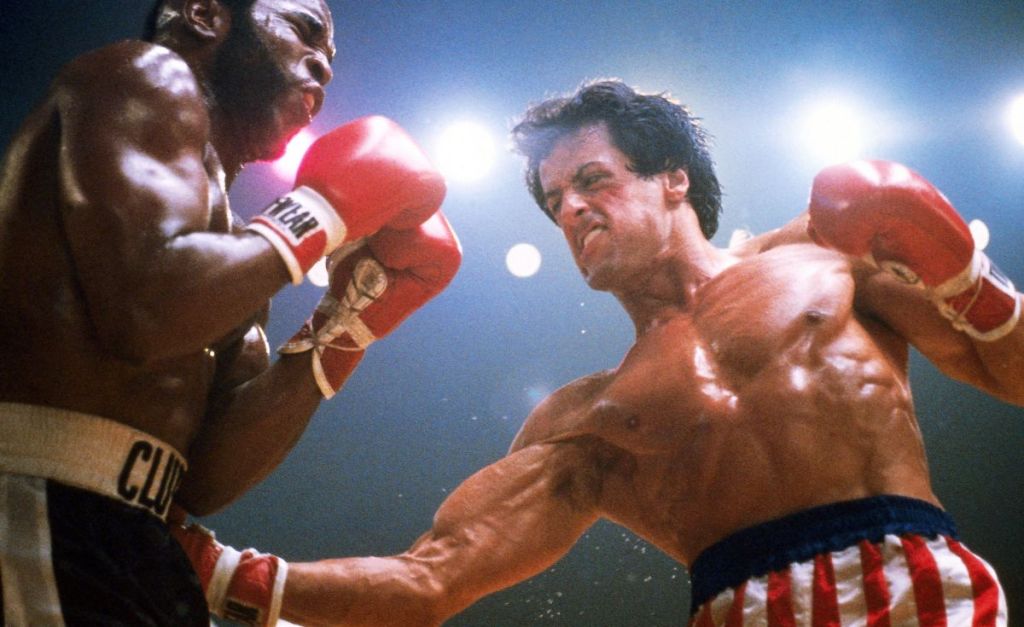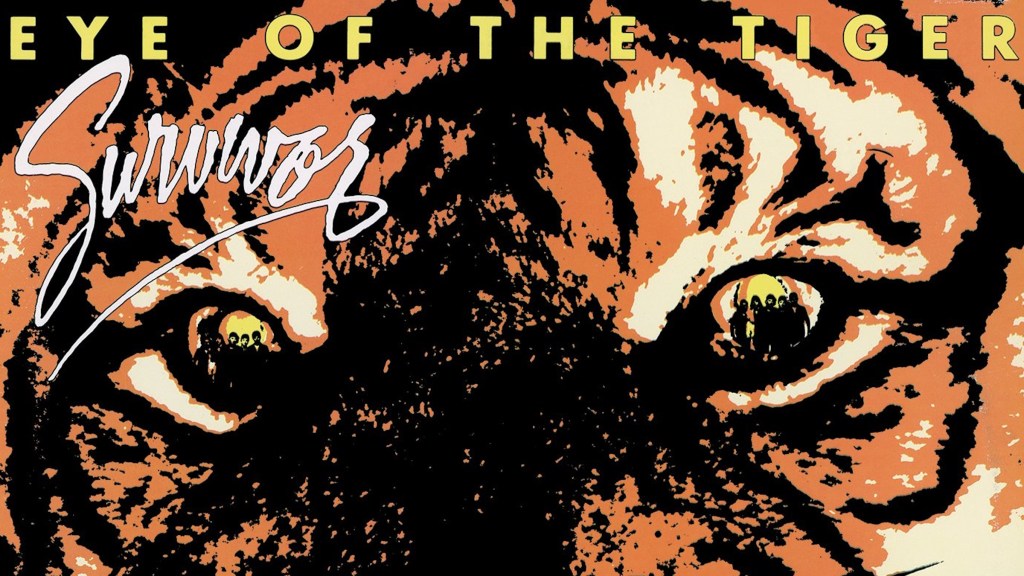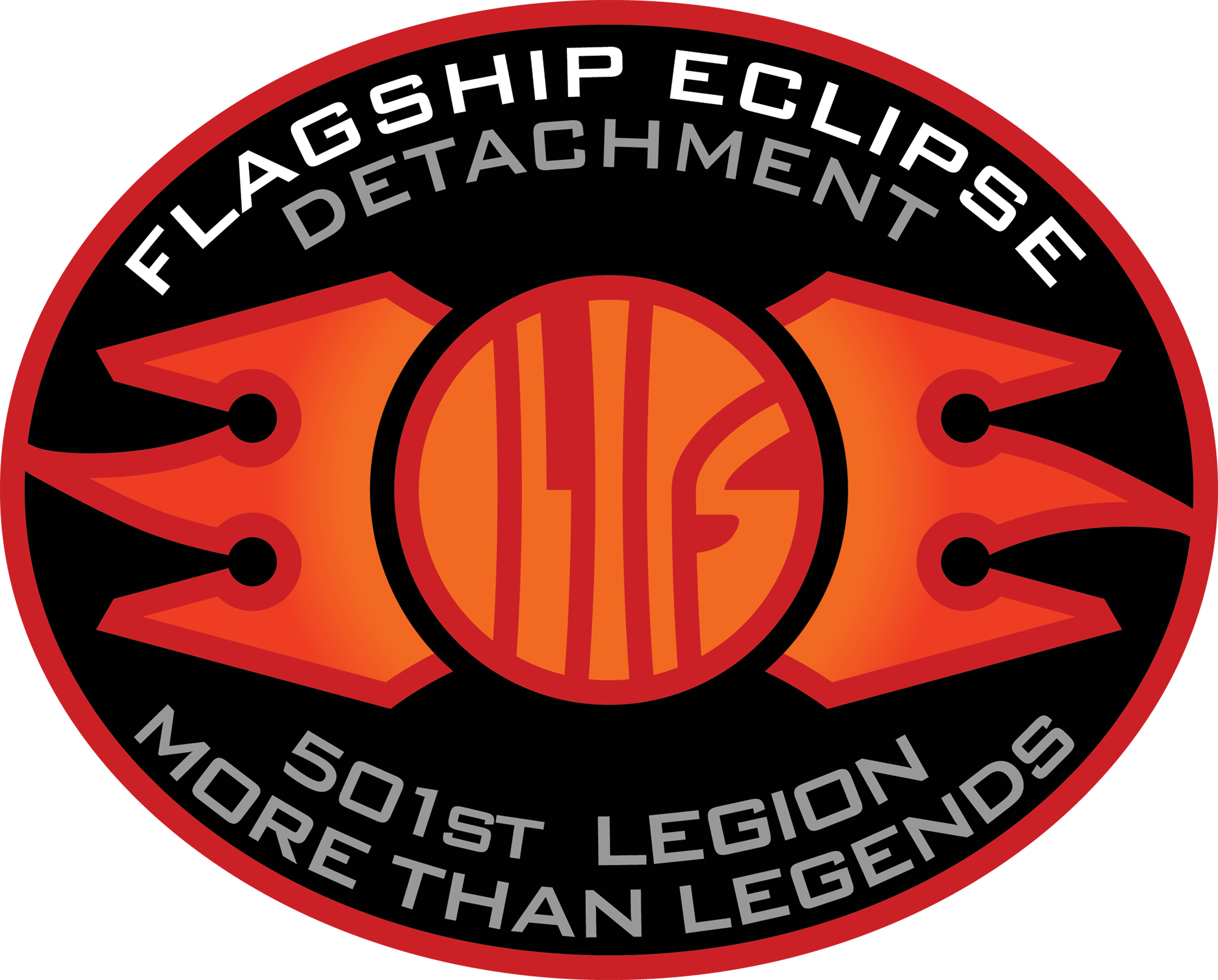
The first Rocky is a bona fide American classic. It set the blueprint for pretty much every sports film that came after. Who hasn’t seen a movie where a scrappy underdog gets a shot at the big time, stumbles a bit, and then rallies for the final match? Rocky was so successful that it stayed in theaters for eight months, outgrossing every other movie released in 1976 and most of the movies released in 1977— only a certain space opera pulled in more cash. For a blockbuster like that, sequels were all but inevitable. All told, Rocky spawned eight sequels, including the Creed films, each with its own merits. But which one is the best?
Usually, that would be a subjective question, but I’m confident that I can prove beyond a shadow of a doubt that the best movie in the Rocky franchise after the first is none other than 1982’s Rocky III. Making the case objectively that a film is “good” or “bad” is hard. What makes one work of art more important than another is usually based on opinion, with very few exceptions. Luckily, Rocky III contains several concrete benchmarks by which we can measure its value within the franchise. In other words, I don’t just think Rocky III is a great film, I know it is.
Rocky III Was a Box Office Powerhouse

While the amount of money a movie makes isn’t necessarily a good way to judge its quality, there’s no denying the simple fact that there must be something there if fans keep buying tickets. And boy, did fans buy tickets for Rocky III. To this day, Rocky III is the second highest-grossing film in the Rocky series, second only to Rocky IV.
While it would be easy to attribute that success to the Rocky name, that’s not why Rocky III was a success. If the Rocky title was all a film needed to break box office records, then Rocky II wouldn’t be the sixth highest-grossing Rocky sequel. If any Rocky movie were going to coast along on name value alone, you would expect it to be the one that followed the Best Picture Oscar-winning original.
On the other end of the spectrum, you have Rocky IV — easily the weakest entry of the franchise’s ’80s output — which got a massive boost by playing to the political climate of the time. In 1985, the Cold War was at its peak, making a jingoistic movie where Rocky single-handedly defeats Russia an automatic slam dunk. By contrast, Rocky III had no such gimmick to fall back on and was forced to succeed through its own merits as a film.
The Eye of the Tiger

“Eye of the Tiger” is the quintessential training montage song. It’s been parodied, copied, and reused in lesser films countless times, but it was written specifically for Rocky III. Only the thrilling war between complacent champion Rocky Balboa and hungry street brawler Clubber Lang could inspire the band Survivor to write the Grammy-winning, chart-topping, hard rock classic.
“Eye of the Tiger” is so good that Sylvester Stallone passed on Joe Esposito’s “You’re the Best” in favor of the feel-good, feline ballad. That’s right, even the second-best training song to come out of the ’80s, The Karate Kid‘s “You’re the Best,” was written with Rocky III in mind.
But an award-winning theme song isn’t the only culturally relevant thing to come out of Rocky III. The movie helped Hulk Hogan and Mr. T become stars and even spawned the latter’s famous catchphrase. The “fool” in “I pity the fool?” That was originally Rocky Balboa. Who’s to say if Mr. T would have been cast in The A-Team or Hulk Hogan would have become the biggest WWE superstar of the 1980s if they hadn’t gotten such a huge exposure bump from Rocky III?
Rocky III’s Story Is the Franchise’s Best

Let’s recap: Rocky III was a box-office smash, had the biggest hit song of any of the sequels, and launched the careers of arguably the two biggest celebrities of the Reagan era. What more can I say to convince you that Rocky III is the best Rocky sequel, hands down? What if I told you that narratively, Rocky III has the best story since the first film and is the only sequel to try and do something different with the Rocky formula?
Look, I love Rocky II, but at its core, it’s just a repeat of the first Rocky with a happier ending. As I mentioned above, Rocky IV is essentially a Cold War-era propaganda film, and started a trend that would continue through the next two films of Rocky fighting unorthodox opponents outside of his professional boxing career. Rocky III, however, explores the title character’s life in a way that no other sequel does.
At the beginning of the movie, Rocky has become a celebrity. He’s appeared on The Muppet Show, does exibithon matches against wrestlers for charity, and there’s even a pinball machine that features his likness. He has defended his title ten times since winning it from Apollo Creed in Rocky II and is on the verge of retirement when a young up-and-comer, Clubber Lang, challenges him to a boxing match.
Rocky’s trainer and his wife know this match is one he can’t win because Clubber is a hungry brawler from the streets, and Rocky has become rich and pampered. Mickey, his trainer and surrogate father, drops the bomb that he’s been feeding Rocky easy opponents to protect him. Suddenly, Rocky goes from on top of the world to doubting his own abilities. Throw in a mid-movie loss to Lang and the death of Mickey, and Rocky III shows us a Rocky at his lowest point.
Rocky III dares to put its title character through hell, to shake up his cozy, complacent life. Only by forming an alliance with former enemy-turned-friend Apollo Creed is Rocky able to regain his edge and triumph over Lang. It’s a story with heart that examines what happens after a hero gets their happy ending, and it’s a unicorn among the other sequels.
Rocky III is streaming on AMC+ and is available to rent from Amazon Prime Video.
The post This Is Still the Best Rocky Sequel (And I Can Prove It) appeared first on ComicBook.com.

